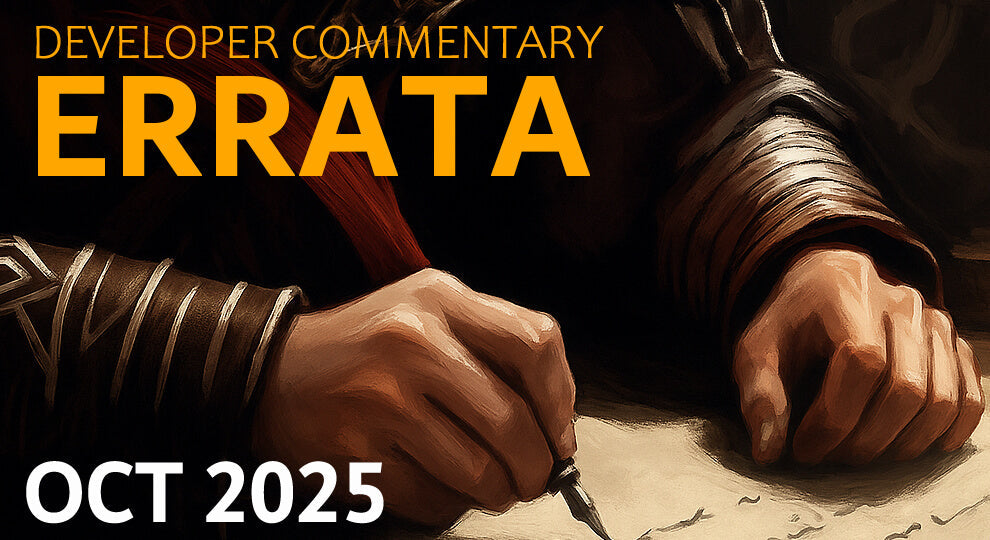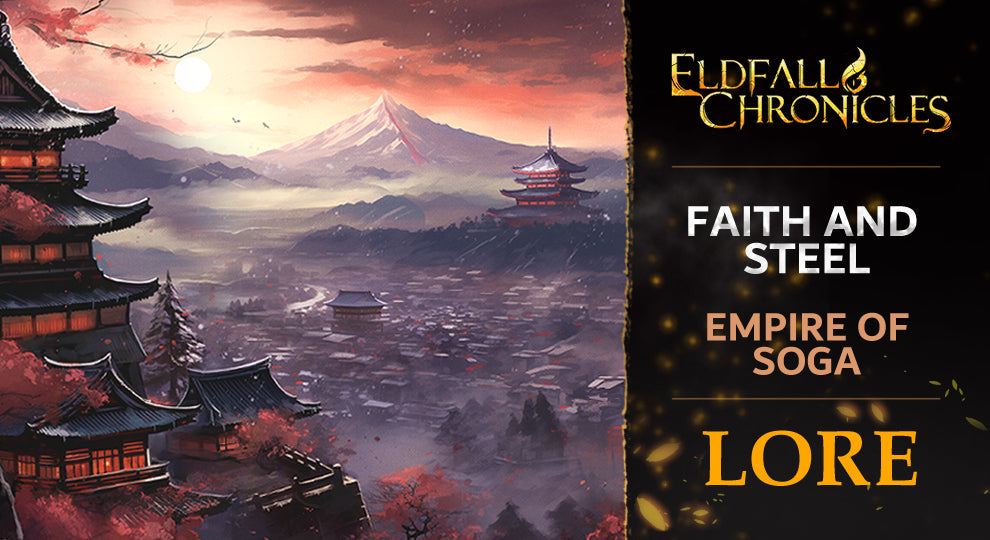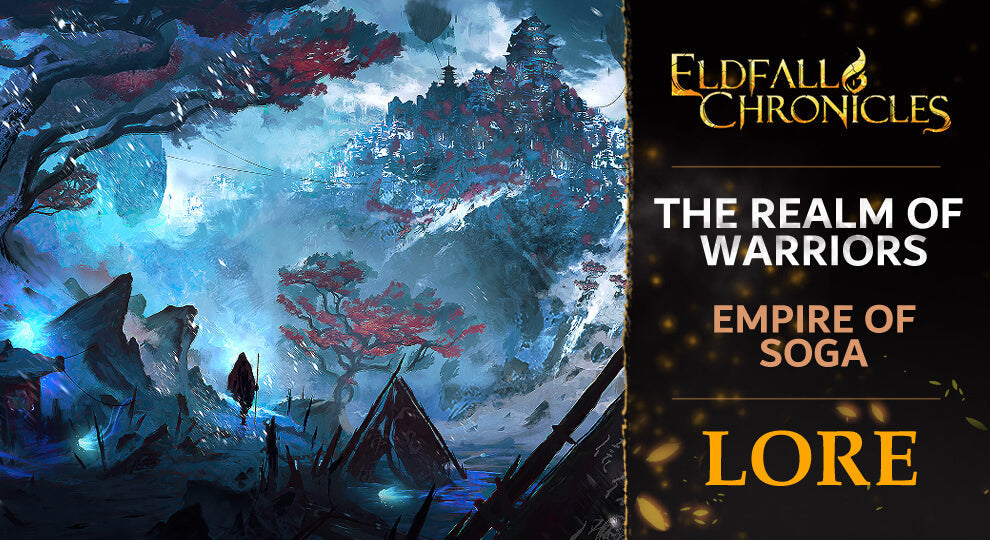Magic System and Arcana - Part 2

This is the second entry in the Grand Academy's official compendium on Arcana. For foundational knowledge, refer to Part 1.”
In Eldfall Chronicles, Arcana—the art of shaping mana into spells—is a wondrous and volatile force. Though elusive to many, it permeates all aspects of life across Calad. Magic enriches daily existence, dictates the tide of battle, and governs the powers of many prominent individuals across the land. Each faction wields its own philosophies and traditions surrounding the arcane, producing spellcasters of wildly varying nature and strength.
Let us once again delve into the records of the Grand Academy of Arcane Arts, situated at the heart of the Sand Kingdoms, whose scholars dedicate their lives to studying the arcane tapestry of Calad.
Spellcasting and Its Applications

Spellcasting is the act of channeling mana—the world’s latent elemental energy—through the self, shaping it into spells. These incantations serve diverse purposes: some raze battlefields, while others heal the wounded, grow crops, purify water, or build entire cities from sand and thought. With sufficient skill, one may even alter weather patterns, prolong life, or transmute base materials into precious artifacts.
Arcanists are not the only beings who manipulate mana. Some lifeforms require mana to survive, exude its radiance, or are born entirely from it. Creatures that dwell near mana-rich regions often exhibit luminous markings—bioluminescence—and channel faint energies through their forms. Greater beings, such as the Djinn, are theorized to originate from the Void itself, composed of nothing but raw, radiant mana. These elemental entities are the apex of arcane lifeforms and, when summoned properly, can serve mortals—though rarely for long.
Indeed, Calad is teeming with sapient and non-sapient races, many of whom interact with mana intuitively, spiritually, or with great scholarly precision.
Arcanists of Calad: Traditions and Institutions
The Grand Academy & The Sand Kingdoms
The Grand Academy of Arcane Arts stands as the foremost institution of arcane study in Calad. Located in Men’Nefer, the capital of the Sand Kingdoms, it is a sprawling compound of lecture halls, alchemical gardens, laboratories, artificeries, and the famed Grand Library—the largest collection of written knowledge in existence.
At the center of it all resides the mysterious Librarian—a towering figure clad in dark cloth, bearing the head of an ibis. He utters no words, yet understands all languages. Some say he has personally scribed or revised every volume on the shelves; others insist he is a construct of the Library itself.
The Sand Kingdoms, steeped in ruins and ancient knowledge, lead Calad in arcane advancement. Their society is meritocratic, favoring the magically gifted, and their researchers frequently delve into other planes of existence, seeking power, truth, and understanding.
The Empire of Soga
In contrast, the Empire of Soga nurtures a more mystical, introspective approach to mana. Arcane gifts are rarer among humans, and where the Sand Kingdoms focus on experimentation and innovation, the Empire reveres inner enlightenment.
Rishinkyō monks, ascetic followers of the spirit-god Rishin, are the Empire’s foremost spellcasters. Through rigorous meditation, fasting, and spiritual trials, they cultivate profound insight into the arcane. Though they shun competition, their power rivals that of the Academy, and their perspective often challenges the prevailing scholarly consensus.
Among the Empire’s spiritualists are also the enigmatic Kitsune—chimeric foxfolk native to Kirijima.
 Ancient and reserved, they practice shamanistic arcana, communing with ancestral spirits and appeasing primordial forces. Their melodic rituals and sacred dances prevent natural calamities, though many commoners view them with a mixture of awe and unease.
Ancient and reserved, they practice shamanistic arcana, communing with ancestral spirits and appeasing primordial forces. Their melodic rituals and sacred dances prevent natural calamities, though many commoners view them with a mixture of awe and unease.
Finally, the Court Ritualists attend to the ceremonial and state-bound magics of the Empire, performing vital rites that bind their society together.
The Rin
Among the rin peoples, the arcane is both gift and inheritance. Helrin arcanists approach magic through scholarship, while Thenrin rely on intuitive, experimental techniques.

Two major schools of thought govern Helrin arcanism. One embraces a scientific approach, seeking to harness mana through arcane devices, apparatuses, and artifacts. These arcane technologists pursue breakthroughs by studying mana veins, resonant materials, and the properties of crafted spells. Their aim is to replicate powerful effects using mechanical tools.
The second school regards such devices as sacrilegious. These pious factions revere the ancient gods, interpreting arcane power as divine inheritance. They focus on relics and remnants of a lost age, hoping to uncover forgotten truths left by celestial patrons.
In contrast, the Thenrin often explore alchemy, psychotropic methods, and body-modification enchantments. Their concoctions—like attunement potions—are designed to align one’s mind to a different element or enhance existing affinities. Thenion is also home to the largest known mana crystal deposits, making it the leading exporter of crystallized energy across Calad.
Soulrot

Arcane prowess comes at a cost. When an arcanist channels too much mana, the body may begin to fail. This affliction, known as Soulrot, results from mana oversaturation—when the caster cannot safely expel the energy they draw upon.
The first sign is pain, followed by veins darkening with a tar-like substance—a crystallized form of corrupted mana. If unchecked, the body becomes rigid, brittle, and ultimately torn apart from within. Shards pierce through skin, leaving the caster perforated and dying.
Recovery is possible with swift and extensive care, but seldom guaranteed. Rin, being more naturally attuned to mana, glow with luminescent markings when nearing their threshold—an early warning before collapse. They may temporarily lose the ability to cast, as their bodies reject all further mana flow. But even they are not immune to Soulrot, especially when exposed to profane mana.
Mana Ruptures

These phenomena are both mysterious and terrifying. Mana ruptures are often triggered at ancient sites, especially where mana veins intersect. When a rupture occurs, the ground trembles, the sky splits, and the land itself may collapse—forming vast chasms that spill radiant energy and otherworldly creatures into Calad.
Scholars argue whether ruptures should be sealed or studied. Some factions seek to keep them open, treating them as gateways to the Void, while others recognize their immense danger. Ruptures can shift, grow, and swallow entire settlements. Survivors speak of twisted beasts emerging from the depths—nightmares born of the unknown.
As ruptures increase in frequency, the Academy has redirected its efforts to better understand and contain them.
The Void
The Void is a chaotic plane believed to be the source of all mana. Within it, reality as we know it breaks down. Time, gravity, and reason dissolve. It is home to beings such as the Djinn, as well as countless lesser entities known as aetherspawn.
Conjurers may summon Voidborn creatures through binding rituals, though such efforts are unstable. Once the binding breaks, the summoned entity may turn on its master or vanish without a trace.
It is believed that mana flows into Calad from the Void, through underground mana veins. The Void connects our world to others, offering limitless potential—and peril. Much remains unknown, but every expedition to study it brings us closer to mastering the arcane forces that shape our fate.




